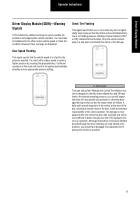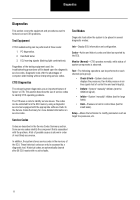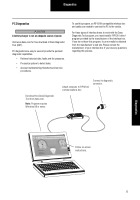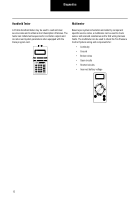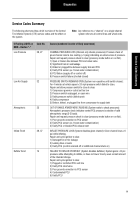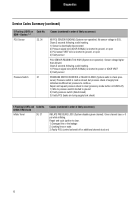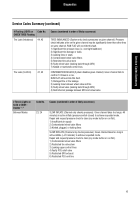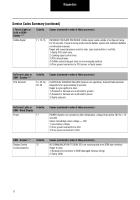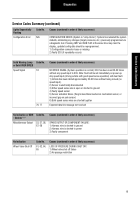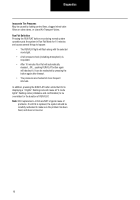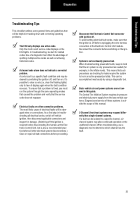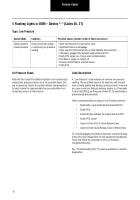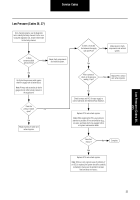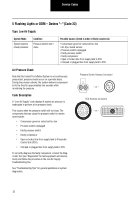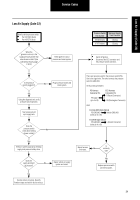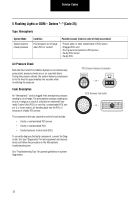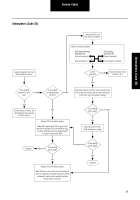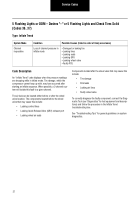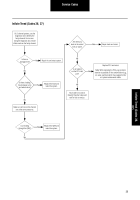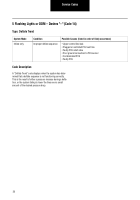DANA-AXTS0015 - Page 23 of 72
20
Diagnostics
Troubleshooting Tips
Troubleshooting Tips
This checklist outlines some general hints and guidelines that
will be helpful in tracking down and correcting operating
problems.
The ECU only displays one active code.
Only the most recent service code displays on the
ECU lights. In troubleshooting, be alert for related
codes. Use of a diagnostic tool offers the advantage of
spotting multiple active codes as well as retrieving
historical codes.
A cleared code alone does not indicate a corrected
problem.
A code is set by a specific fault condition and may be
cleared by switching the ignition off, and then on. It’s
possible to clear a code (i.e, clear the flashing lights)
only to have it display again when the fault condition
reoccurs. To ensure that a problem is fixed, you must
run the system through the same operating modes
that caused the problem and verify that the service
code does not reappear.
Electrical faults are often connection problems.
The most likely cause of electrical faults will be dam-
aged wires or connections. As a first step in trouble-
shooting all electrical codes, switch off vehicle
ignition, then disconnect applicable connectors and
inspect for damage. (Switching off the ignition is
required before disconnecting the harness at the Elec-
tronic Control Unit, but is also a recommended prac-
tice before all other electrical system disconnections.)
Clean or repair all bad connections before proceeding.
Disconnect the Electronic Control Unit connector
with ignition off.
To avoid setting electrical fault codes, make sure that
the ignition is off before unplugging the wire harness
connection at the Electronic Control Unit module.
Reconnect the connector before switching on the igni-
tion.
System is not continually pressurized.
When troubleshooting pneumatic faults, keep in mind
that the air system is only pressurized as needed (for
example, in the inflate mode). This means that such
procedures as checking for leaks require the system
to be in an active pressurized state. This can be
accomplished most easily by using a diagnostic tool.
Basic vehicle air and power systems are not cov-
ered in this guide.
The Central Tire Inflation System requires air pressure
and electrical power supply from the base vehicle sys-
tems. Diagnosis and service of these systems is out-
side the scope of this manual.
2-Channel (front/rear) systems may respond differ-
ently than single-channel systems.
If a fault can be isolated to a specific channel, a 2-
channel system may allow continued operation on the
unaffected channel. When troubleshooting, use a
diagnostic tool to determine which channel has the
fault.
Back to Top

